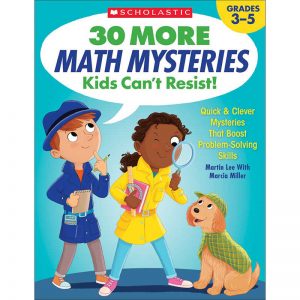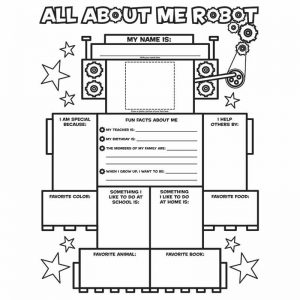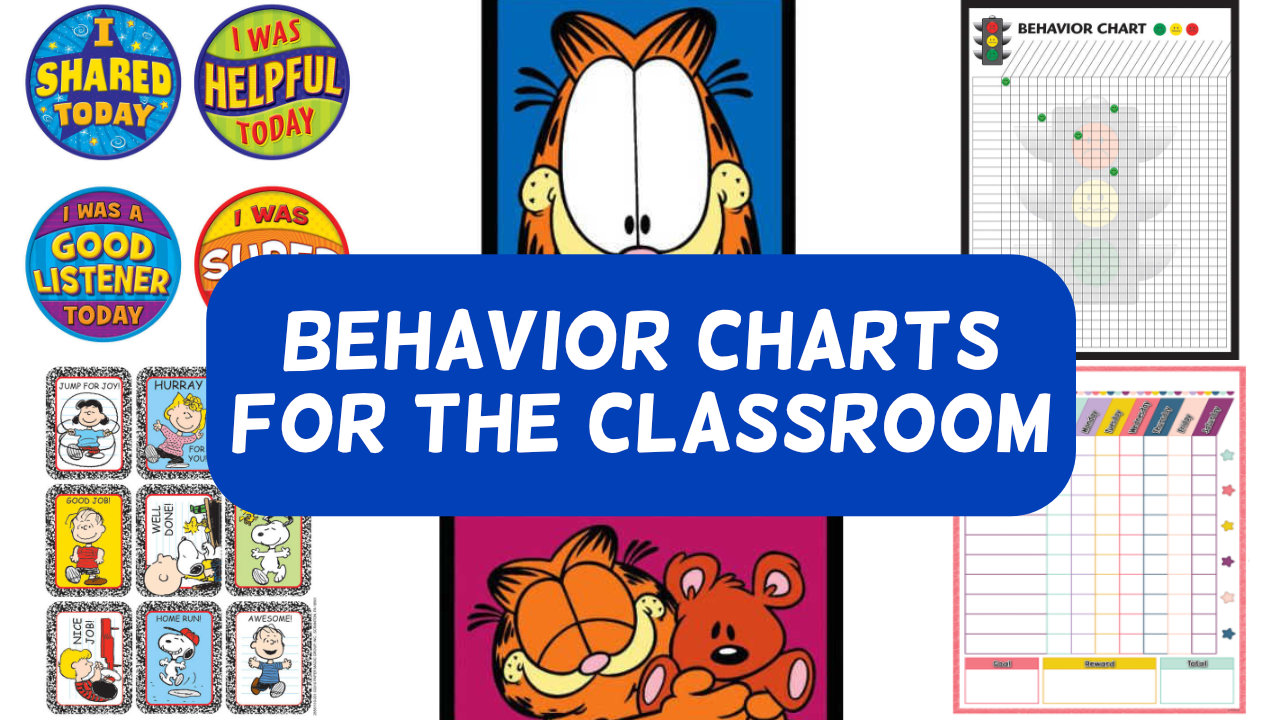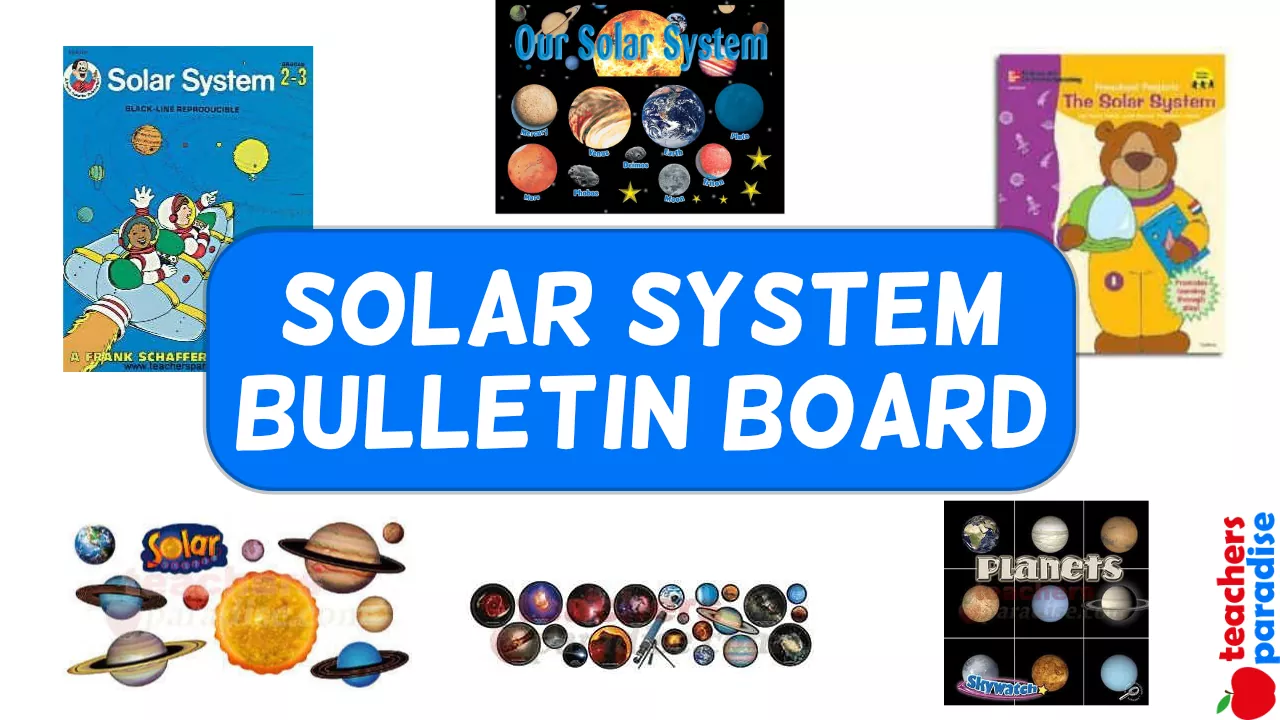Teacher 3-Minute Reading Assessments Study Guide for Grades 1-8
Using the DVD and Professional Study Guide
Welcome to the 3-Minute Reading Assessments: A Professional Development DVD. We have heard from teachers around the country that our reading assessments
provided them with the structure and materials they needed for easily determining children’s reading levels, identifying strengths and concerns, documenting their progress, and organizing instruction effectively. However, we also heard that a simple tool for training teachers (and principals) in using 3-Minute Reading Assessments was needed. Thus, we decided to develop the program you now have.
The DVD and professional study guide have been designed as a staff development tool for use by a school or a team, as well as by individual teachers. The DVD and guide provide you with a method for learning how to use this simple and effective assessment system—from administration, to documentation, to analysis, to instructional decision-making. After our initial introduction, you will see actual teachers using the 3-minute assessment with students in their classrooms. You will see how they administer it, how they score the various aspects of the assessment (word recognition, fluency, comprehension, and vocabulary) and how they make sense of the results
WORKSHEET & Sample PDF Activity
[adinserter block=”2″]
Sample PDF Activity
[adinserter block=”3″]
The DVD
The 49-minute DVD is divided into six chapters. The first chapter introduces the assessments. Each of the next four chapters focuses on one aspect of the assessment: word recognition, fluency, comprehension, and vocabulary. The last chapter contains one complete assessment.
The Professional Study Guide
In other sections of this guide, you’ll find everything you need to begin using these assessments:
• background on the assessments
• directions for using the assessments
• reproducible reading passages for assessing students in grades 1–8
• reproducible vocabulary lists for assessing students in grades 1–8
• reproducible rubrics and scoring sheets
• step-by-step guidelines for administering the assessments
• record-keeping tools
All the materials used by the teachers on the DVD can be found in this guide.
Suggested Viewing Schedules
We recommend that you view the DVD in several sessions of approximately 45–90 minutes per session. You may choose to use one day for examining word recognition, and subsequent meetings for fluency, comprehension, and vocabulary. If you are working in a group, one person might be designated as the leader for a particular session. That person can preview the DVD, make appropriate copies of materials needed for the session (see below), and prepare discussion questions and topics to focus the conversation.
Alternatively, you may choose to view the DVD in one longer session. You should allow at least three hours so you have enough time to discuss the assessments and reflect on how you would use them in your classroom or school.
Watching and Discussing the DVD
You can administer a complete reading assessment that will help you determine a child’s reading level in minutes. However, for the purposes of this DVD, we decided to take a closer look at each individual element of the assessment (word recognition, fluency, comprehension, and vocabulary), and we’ve included two assessments that focus on each of these elements.
We recommend that you have a copy of the same passage the teacher is using for each assessment on hand so that you can follow along. You may want to record and score the student’s performance at the same time the teacher on the video is doing so. Here are the passages you’ll be seeing for each chapter:
see chart
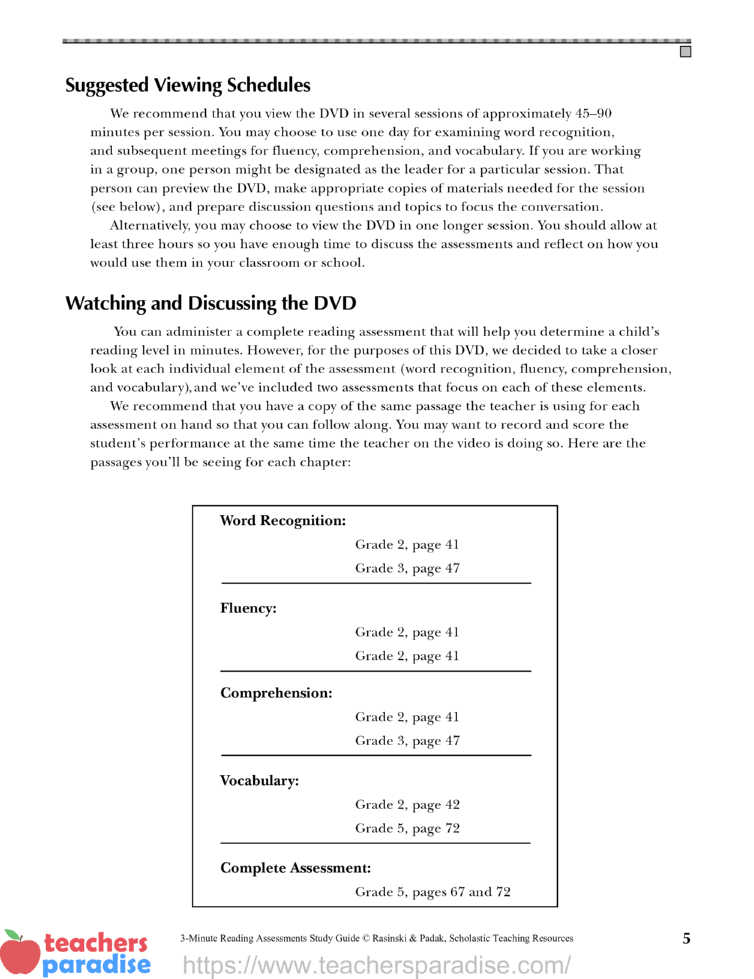
After watching the administration of each assessment in chapters 1–4, stop the video and think about what kind of sense you can make out of the results. Ask yourself about each student’s reading level. What are his or her strengths? What are the concerns, if any? Then, view the portion of the DVD where we talk with the teacher who administered the assessment about how she or he scored the student. Do your conclusions and insights match those of the teacher who did the assessment? If they were different, you should think about how you came to different conclusions and decision points. Do any of the students require more in-depth assessment? What would you do if a specific concern were detected in only one student in your class? How would you proceed if you found that a particular concern was observed in several of your students, or perhaps the entire class? How would such data provide information that could be passed on to teachers in the next grade, the principal, reading coach, or school reading committee?
We hope you will see that the data you obtain have the potential for affecting your teaching of reading; moreover, assessment results may also provide direction for setting school policy in reading, or areas of emphasis for professional development and parental involvement. The discussion of each assessment should always lead to instructional implications that can be drawn from the data. On pages 107–111 we provide instructional ideas for meeting the needs of students who may have concerns in one of the areas assessed in the program. We think it is a good idea to make copies of these pages for all teachers in the group, so that they may have them on hand as the group begins to think about the kinds of instruction that best meets the particular needs of students.
You may do this procedure of viewing and reflecting alone if you like; however we think it is much more powerful if you work through the video with your colleagues, preferably at the same grade level. The discussion that comes from your shared viewing and insights will lead to deeper levels of understanding of the reading process, a common awareness about what is meant by good and less-than-adequate reading, and shared understandings of how best to meet students’ needs through instruction that is tailored to the specific needs of students.
Throughout the DVD teachers and school administrators discuss how they have used the 3-Minute Reading Assessments program in their own classrooms, schools, and school districts and the benefits they have seen from the use of the program. Again, we hope you might reflect on the comments of these educators in thinking about the big picture—how assessment such as the 3-Minute Reading Assessments program can work in your own classroom or school.
The Goal of These Assessments
Assessment should be more than just a number that denotes success or failure in learning to achieve adequate levels of literacy. Good assessment should drive instruction. That is what these assessments and this DVD are all about.
In this DVD, you will see a number of children from various grade levels assessed. Some are good readers; others have areas of concern that, if addressed instructionally, will lead to better reading. If you are a teacher, the 3-Minute Reading Assessments and the accompanying DVD will help you design instruction that meets the needs of your students and allows you to monitor their progress to more proficient reading. Moreover, it provides you with tools to communicate to parents the specific reading needs of their children. If you are a school principal, the 3-Minute Reading Assessments and the accompanying DVD will allow you to monitor students’ growth in reading in grades 1 through 8 and, through analysis of the data, identify strengths and concerns in your reading program.
We hope you find this professional development resource and the 3-minute reading assessment approach valuable in your own professional work with children. It is just one more tool to make reading assessment more meaningful for teachers and reading instruction more valuable for students. Wishing you all the best as you work through our program.
Table of Contents
Using the DVD and Professional Study Guide – 4
Background on the Assessments – 9
Time for Assessment or Time for Instruction? – 10
Advantages of 3-Minute Reading Assessments – 10
Use 3-Minute Reading Assessments Throughout the Year – 10
What’s Included in 3-Minute Reading Assessments – 10
A Word About Readability Determination – 11
Directions for Administering 3-Minute Reading Assessments – 12
Scoring and Interpreting the Assessment – 13
Word Recognition Accuracy (Decoding) – 13
Reading Fluency-Automaticity – 14
Reading Fluency-Expression – 15
Comprehension – 16
Vocabulary – 17
Test Passages – 19
Grade 1 – 19
Grade 2 – 33
Grade 3 – 43
Grade 4 – 53
Grade 5 – 63
Grade 6 – 73
Grade 7 – 83
Grade 8 – 93
Charts for Recording Results – 103
Class Record Sheet – 103
Individual Student Record Sheet – 104
Administration and Scoring Aids – 105
Instructional Ideas for Word Recognition, Fluency, Comprehension & Vocabulary – 107
References – 112

